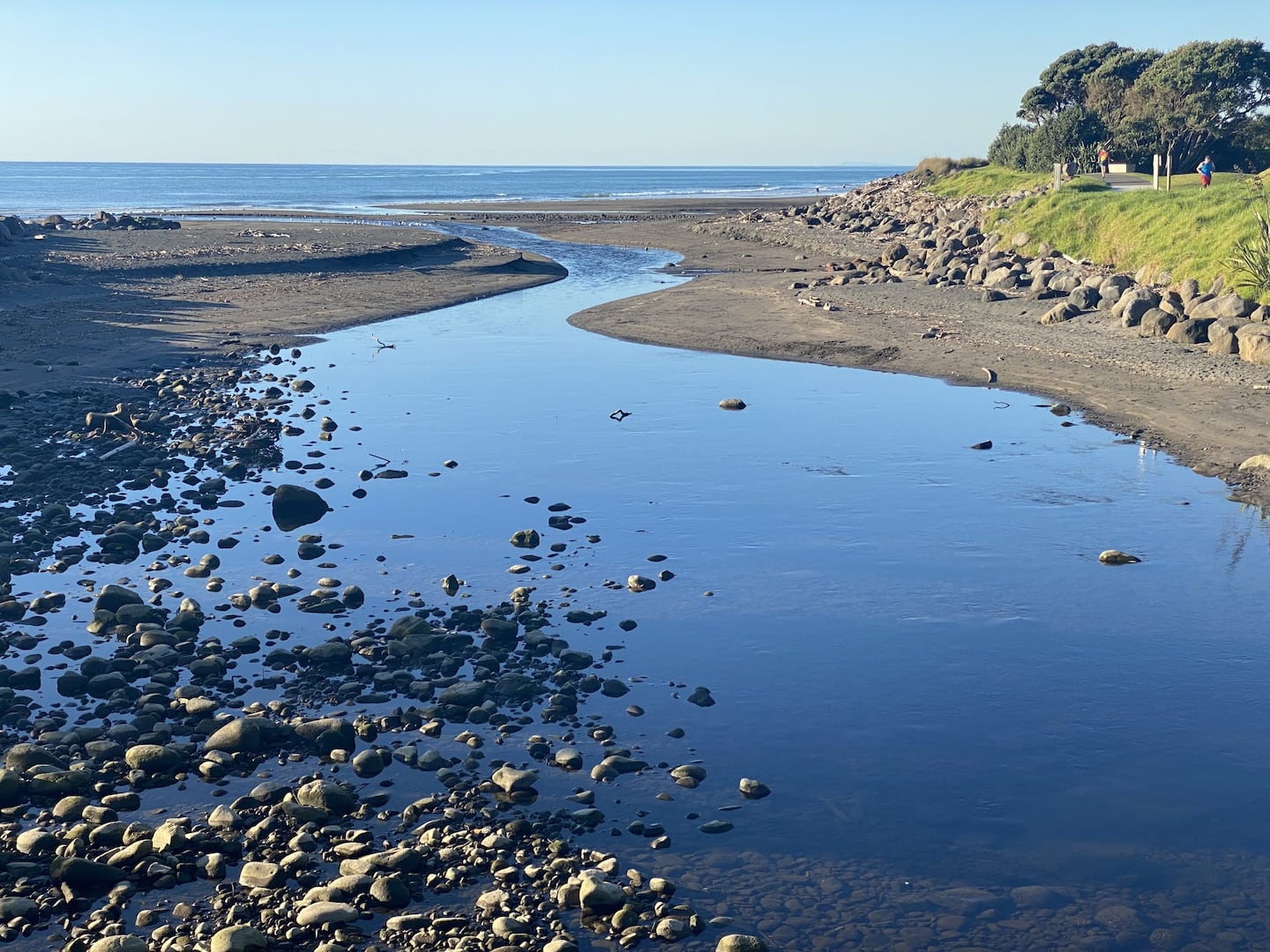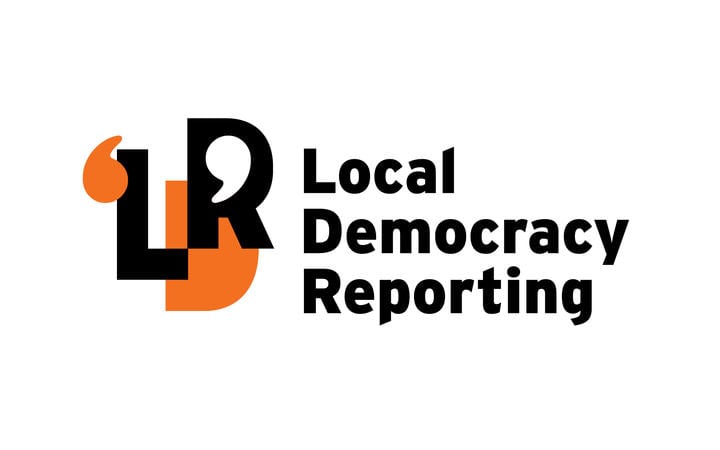For decades Taranaki Regional Council said looking after rivers, streams, lakes and wetlands was really, really hard in industrially farmed lands – but that over time with help from farmers and industry water was slowly getting cleaner.
Not any more.
Councillors have been warned by environment quality director Abby Matthews that traction is slipping, and things are getting worse as the climate changes.
“We’ve heard from our community that the current state of fresh water is unacceptable to them.
“We need to [work] with the community and figure out what’s achievable, what’s workable, what we can actually do on the ground.”
Here’s why Matthews says we need to fix our wai:
Swimming stinks for maybe 30 years
E. coli bacteria thrives in foecal pollution, makes people sick, and indicates dangerous levels of other pathogens.
Taranaki E. coli loads must halve to reach minimum standards - and be slashed up to 80 percent in some catchments.
Matthews reckons even with action on farming practices it will take up to three decades to restore rivers to community expectations.
“They want to see the rivers in the state where they’re more swimmable more often.”
The bugs are dying
After some gains in ecosystem health, there are again fewer bugs in the streams.
Over the long term nearly two-thirds of regional council-monitored sites were likely or very likely improving.
In a total flip, over the past 10 years nearly two-thirds of the sites were likely or very likely degrading.
Matthews says it’s hard to know why but increasing water temperatures aren’t helping.
Nitrate pollution grows with the herd
Intensive dairying uses lots of nitrogen fertiliser to grow enough grass for swelling herds.
Between 2011 and 2020, nitrate concentrations increased at four out of every five Taranaki monitoring sites.
“We see [nitrates] making way their way into surface water… We see changes not for the better in the short term as well as the long term - so we have degradation in terms of nitrate across the region.”
Murky waters run deep
Some eastern hill country rivers may never meet national bottom lines for sediment.
Matthews said erosion control measures had been successful when used, reducing sediment by almost a third.
Ongoing soil conservation spending is needed to lock in gains and offset climate change impacts.
“This is one where we have to work hard just to keep the status quo, let alone make improvements.”
Water use has to shrink
More water needs to be left in rivers and streams because ecosystems aren’t protected enough, much less in the face of climate change and the other freshwater problems.
“This means that we’re going to need to make some changes to how much water we can allocate.”
Fish passage
Native fish are under pressure with many species threatened or at risk.
As many as 30,000 culverts, weirs, crossings and so on need checking to see if fish can get through.
Many will need fixing.
Local Democracy Reporting is funded through RNZ and NZ On Air


